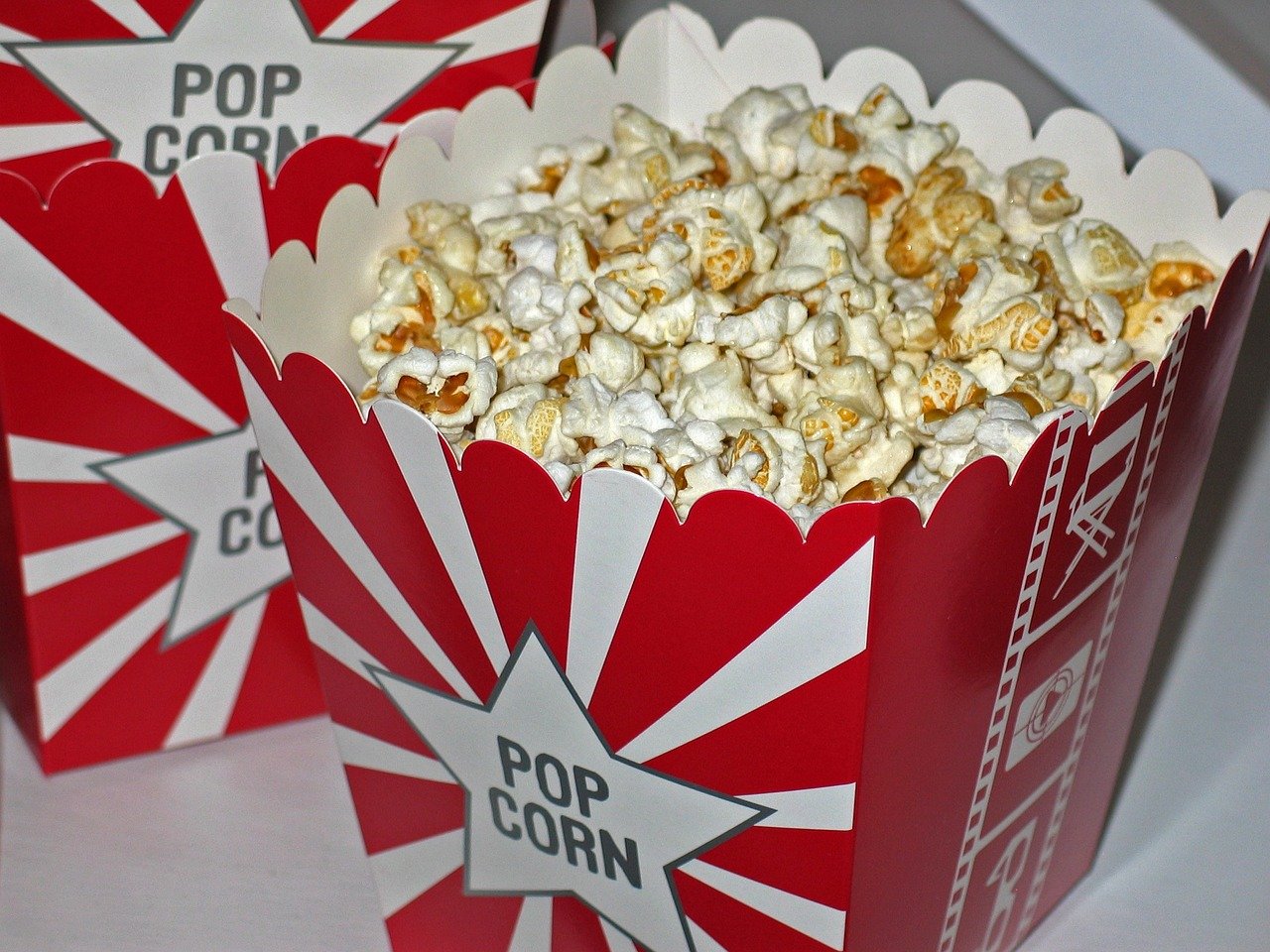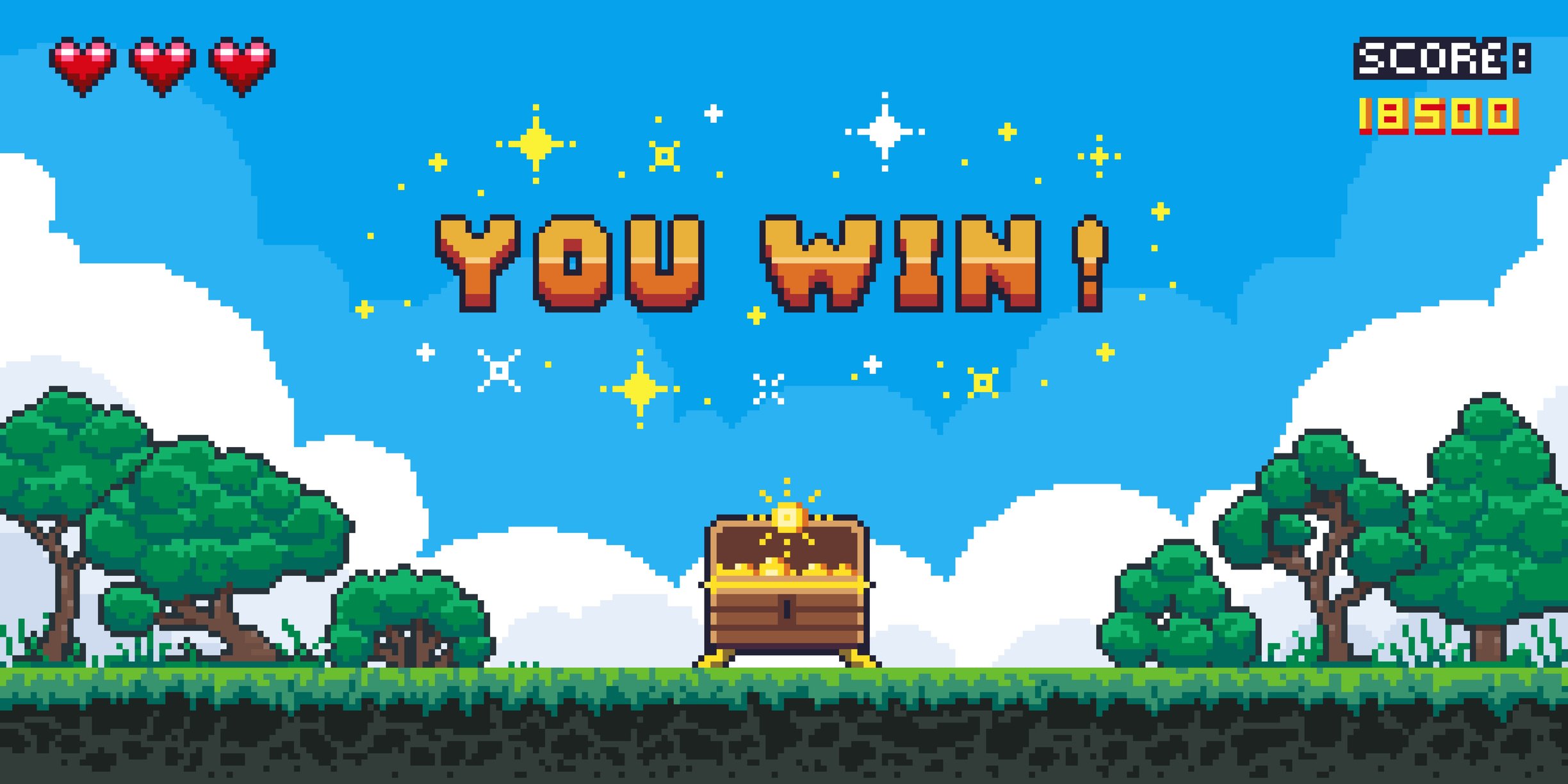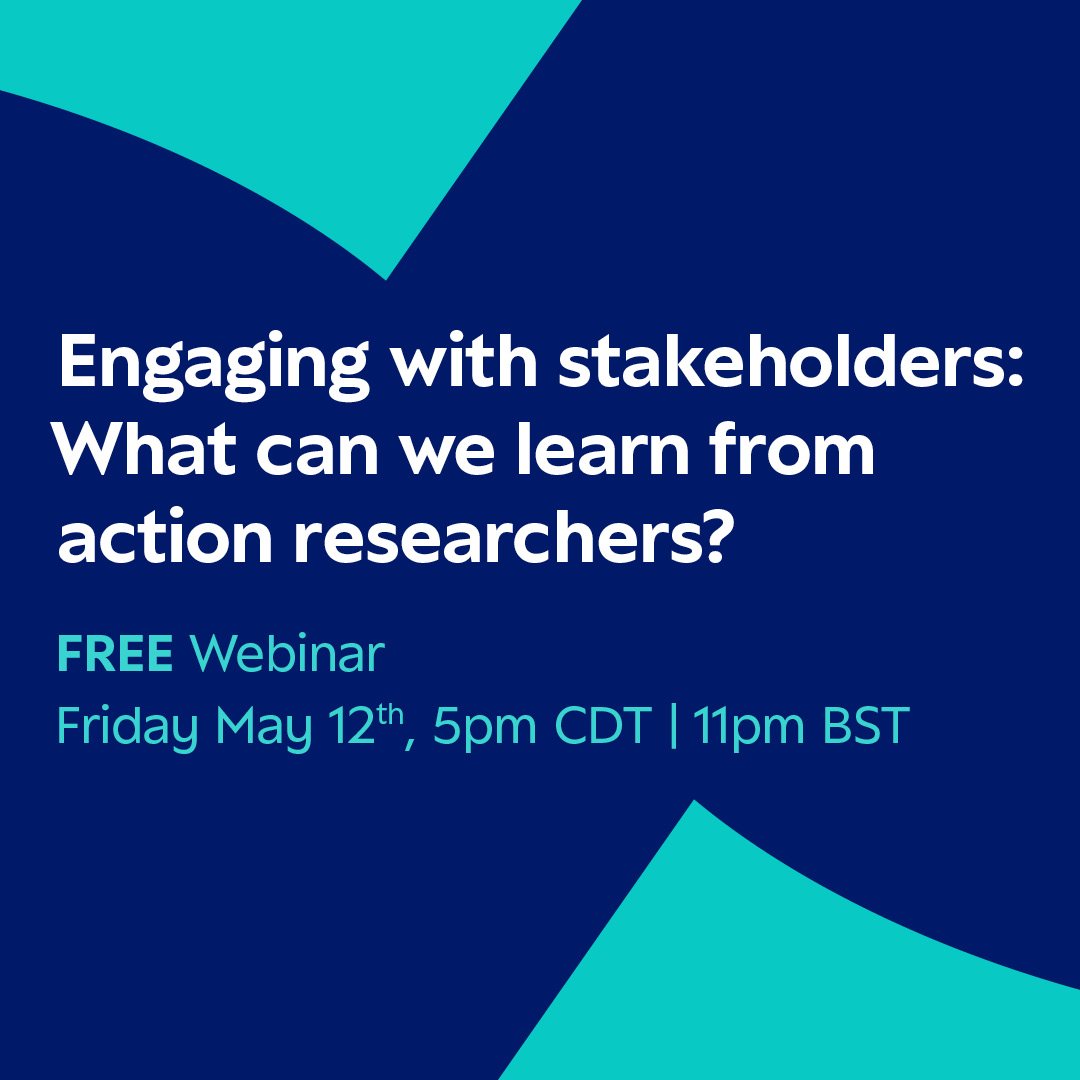Collecting Data with Apps
by Janet Salmons, Ph.D., Research Community Manager for SAGE Methodspace
In the second quarter of 2023 Methodspace is focusing on topics related to data collection.
A New Era for Diary Methods
In 2006 the The SAGE Dictionary of Social Research Methods defined diary as:
A document, generally written for personal use rather than for publication, that records events and ideas related to the particular experiences of the author. Researchers may sometimes commission the writing of diaries related to specific events and ideas as a way of acquiring relevant data. (p. 69)
Access to “diaries written for personal use” has changed in the digital age. With digitization of records, diaries and personal journals can be accessed through libraries and archives. (Learn about finding and using archival records in these Methodspace posts.) However, when the first smartphone, the iPhone, was released in 2007 the potential for diary methods for research changed dramatically. Now the smartphone is nearly ubiquitous, even in places where access to the Internet is limited.
Researchers can pose questions, suggest prompts, and use tracking or location data on mobile devices. Because people carry smartphones with them, researchers are able to get an on-the-spot, in-the-moment type of response that would otherwise be difficult. Responses can include written text, videos, or photographs. Or, participants can click through a daily round of short survey questions.
Alaszewski (2019) points to some advantages for using diary methods:
Diaries provide a cost-effective method of accessing information about a variety of social group and activities and they are particularly helpful in accessing information on hard-to-reach groups or activities. Diaries purport to contain a record of events, activities, and reflections made at the time they happened or soon after. Diaries can be used for a variety of research purposes within a variety of designs. Researcher can use pre-existing diaries to access records of past events and diarists’ reflections on them. Researchers can solicit research diaries to access diarists’ records of research relevant activities and experiences. Diaries provide a cost-effective method of accessing information about a variety of social group and activities. Diary research can minimise the resources and ethical issues involved in observational research by using the observations recorded by the diarist. They can also mitigate some of the limitations of interview research by minimising the problems of recall and the intrusiveness of the researcher.
The multidisciplinary collection of open-access articles below includes examples that use solicited diaries, tracking, and specialized smartphone applications.
Alaszewski, A., (2019). Diaries, In P. Atkinson, S. Delamont, A. Cernat, J.W. Sakshaug, & R.A. Williams (Eds.), SAGE Research Methods Foundations. https://doi.org/10.4135/9781526421036760284
Scott, J. (Ed.) (2006). . (Vols. 1-0). SAGE Publications, Ltd, https://doi.org/10.4135/9780857020116
Daum, T., Buchwald, H., Gerlicher, A., & Birner, R. (2019). Times Have Changed: Using a Pictorial Smartphone App to Collect Time–Use Data in Rural Zambia. Field Methods, 31(1), 3–22. https://doi.org/10.1177/1525822X18797303
One challenge of collecting socioeconomic data, such as data on time-use, is recall biases. While time-use researchers have continuously developed new methods to make data collection more accurate and easy, these methods are difficult to use in developing countries, where study participants may have low literacy levels and no clock-based concepts of time. To contribute to the closing of this research gap, we developed a picture-based smartphone app called Time-Tracker that allows data recording in real time to avoid recall biases. We pilot tested the app in rural Zambia, collecting 2,790 data days. In this article, we compare the data recorded with the app to data collected with 24-hours recall questions. The results confirm the literature on recall biases, suggesting that using the app leads to valid results. We conclude that smartphone apps using visual tools provide new opportunities for researchers collecting socioeconomic data in developing countries.
Deng, T., Kanthawala, S., Meng, J., Peng, W., Kononova, A., Hao, Q., Zhang, Q., & David, P. (2019). Measuring smartphone usage and task switching with log tracking and self-reports. Mobile Media & Communication, 7(1), 3–23. https://doi.org/10.1177/2050157918761491
Smartphones offer multimedia convergence in a single device, ubiquitous access to media, and constant connections with others. The rapid rise of smartphone use calls for more scholarly attention paid to users’ media usage and time expenditure. This study aims to (a) understand smartphone usage patterns by examining time spent using smartphones and task switching between mobile applications (apps), and (b) test the validity of self-reported measures of these behaviors by comparing self-reports with log data from the smartphone. Data were collected from 50 participants over 1 week. Results show that on average participants spent 2 hours 39 minutes on their smartphone and made 101 app switches per day. Among other findings, social networking was the most used app category, age was a significant demographic factor, and participants, especially heavy smartphone users, overestimated their mobile app usage. Theoretical and practical implications of these findings are discussed.
Hughes CE, Moxham-Hall VL. The Going Out In Sydney App: Evaluating the Utility of a Smartphone App for Monitoring Real-World Illicit Drug Use and Police Encounters Among Festival and Club Goers. Substance Abuse: Research and Treatment. 2017;11. doi:10.1177/1178221817711419
Gaining accurate information on illicit drug use and policing in real-world settings is a challenge. This study examines the utility of a smartphone app (‘Going Out In Sydney’) to prospectively follow up illicit drug use and policing encounters at music festivals and licensed entertainment precincts in Sydney, Australia. In all, 38 regular festival and licensed entertainment venue attendees used the app to log nights out over a 3-month period, including (1) where they went (eg, festival, nightclub), (2) the prevalence of illicit drug use, and (3) the incidence and nature of police encounters. A survey and interview were then conducted about the utility of the app. The app enabled rich data collection (n = 353 entries) about illicit drug use and policing at both target settings. Follow-up surveys indicated that most participants were extremely satisfied with the ease of use of the app and privacy afforded, and compared with other data collection modes, such as paper-based logs and online surveys, rated the app the most desirable method of data collection. This suggests smartphone apps may be a viable option for future studies on illicit drug use and policing of drugs.
Lev-On, A., & Lowenstein-Barkai, H. (2019). Viewing diaries in an age of new media: An exploratory analysis of mobile phone app diaries versus paper diaries. Methodological Innovations, 12(1). https://doi.org/10.1177/2059799119844442
This exploratory study inquires into the validity and reliability of dedicated mobile phone diary applications. We developed Watchy, a dedicated mobile viewing diary application, and compared users’ compliance and usage patterns with those of users of the paper viewing diaries. Participants received paper diaries or installed mobile diary apps, with or without daily reminders, to document their viewings over a 4-day period. Documentation was more extensive in the smartphone app with reminder group compared to the paper diary group. Reminders increased documentation rates. Extent of documentation decreased as the experiment progressed for mobile app users. Findings suggest that mobile viewing diaries are an important tool for viewing studies, yet their use requires careful planning.
Paul L, Brewster S, Wyke S, et al. Increasing physical activity in older adults using STARFISH, an interactive smartphone application (app); a pilot study. Journal of Rehabilitation and Assistive Technologies Engineering. 2017;4. doi:10.1177/2055668317696236
Increasing physical activity in older adults has preventative and therapeutic health benefits. We have developed STARFISH, a smartphone application, to increase physical activity. This paper describes the features of STARFISH, presents the views of older users on the acceptability and usability of the app and reports the results of a six week pilot study of the STARFISH app in older adults. The operationalisation of the behaviour change techniques (BCTs) within the STARFISH app was mapped against the BCT Taxonomy of Michie et al. Sixteen healthy older adults (eight women and eight men; age 71.1 ± 5.2 years) used the app, in groups of four, for six weeks. Focus groups explored the user experience and objective measure of steps per day recorded.
Schoedel, R., Pargent, F., Au, Q., Völkel, S. T., Schuwerk, T., Bühner, M., & Stachl, C. (2020). To Challenge the Morning Lark and the Night Owl: Using Smartphone Sensing Data to Investigate Day–Night Behaviour Patterns. European Journal of Personality, 34(5), 733–752. https://doi.org/10.1002/per.2258
For decades, day–night patterns in behaviour have been investigated by asking people about their sleep–wake timing, their diurnal activity patterns, and their sleep duration. We demonstrate that the increasing digitalization of lifestyle offers new possibilities for research to investigate day–night patterns and related traits with the help of behavioural data. Using smartphone sensing, we collected in vivo data from 597 participants across several weeks and extracted behavioural day–night pattern indicators. Using this data, we explored three popular research topics. First, we focused on individual differences in day–night patterns by investigating whether ‘morning larks’ and ‘night owls’ manifest in smartphone–sensed behavioural indicators. Second, we examined whether personality traits are related to day–night patterns. Finally, exploring social jetlag, we investigated whether traits and work weekly day–night behaviours influence day–night patterns on weekends. Our findings highlight that behavioural data play an essential role in understanding daily routines and their relations to personality traits. We discuss
Welford, J., Sandhu, J., Collinson, B., & Blatchford, S. (2022). Collecting qualitative data using a smartphone app: Learning from research involving people with experience of multiple disadvantage. Methodological Innovations, 15(3), 193-206. https://doi.org/10.1177/20597991221114570
This article discusses the use of a smartphone application (‘app’) as a method for undertaking diary-based qualitative research with a group of participants with lived experience of multiple disadvantage (experience of two or more of homelessness, offending, mental ill-health and substance misuse). As part of a multi-method approach to the study, an app was designed for participants to capture rich, real-time qualitative data through a variety of media – text, audio, image and video – to make it accessible and interactive for participants. There is an identified gap in the use of apps to collect qualitative data with marginalised groups, and this paper reflects on our experience of designing and implementing an app as part of a wider multi-method research project. We argue that, particularly during the challenges of adapting research methods in light of the COVID-19 pandemic, the smartphone app has considerable potential for engaging participants in a flexible way to involve marginalised groups. Qualitative researchers in particular should consider the potential of this approach, and encourage others to share their reflections and learning.
and
Global Media and China Special Issue: Anthropology, Visual Communication and the Smartphone
In this special issue, we would like to take this opportunity to demonstrate the value and strength of a conversation between digital anthropology and communication studies around the topic of visual communication and the use of the smartphone.































Dr. Stommel brings clarity to the messy world of data collection on social media.